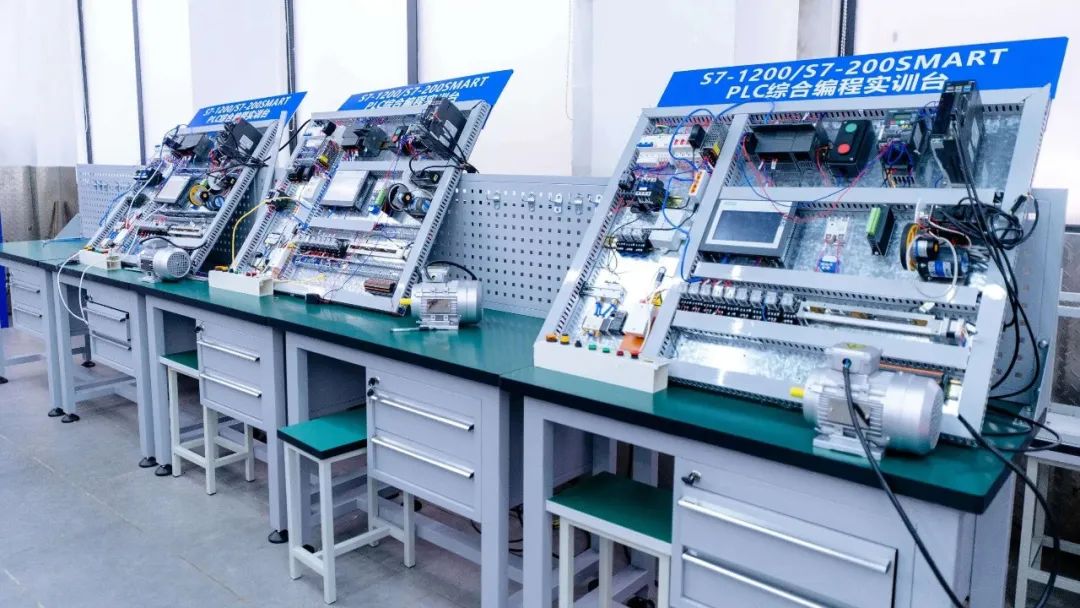
Hello everyone, I am XXX. Today I want to discuss a very important topic – microcontroller security and encryption technology. As a newcomer or enthusiast in the field of automation, this topic may seem profound, but it is actually quite relevant to our lives. Imagine if someone illegally accessed our home cameras or security systems; that would be terrifying! Therefore, we need to learn how to protect our microcontroller systems, making them as secure as the “front door” of our home.
Let’s start from the basic concepts and learn the intricacies of microcontroller security step by step.
Microcontroller System Vulnerabilities
Microcontrollers control a variety of devices, including household appliances, industrial control equipment, and automotive electronics. If a microcontroller system has security vulnerabilities, hackers can exploit these weaknesses to perform illegal operations on related devices. Common vulnerabilities include:
-
Unencrypted communication channels: If the communication data between the microcontroller and other devices is not encrypted, hackers can eavesdrop or tamper with the data. -
Hardcoded keys: If keys are hardcoded directly in the program, once the program is leaked, the keys can also be compromised. -
Buffer overflow: Buffer overflow vulnerabilities due to programming oversights can be exploited to execute arbitrary malicious code.
Microcontroller Hardware Security
The first step in ensuring microcontroller hardware security is to choose microcontrollers with built-in hardware encryption engines. These microcontrollers come with security features such as encryption/decryption algorithms, random number generators, and secure key storage units, significantly enhancing the system’s resistance to cracking.
For example, the commonly used STM32 microcontroller provides hardware security modules such as CRYP (encryption), RNG (random number generation), and FSMC (external memory protection). By utilizing these modules, we can easily implement data encryption transmission, secure key storage, and code read protection.
Block diagram of STM32 hardware encryption module
In addition to selecting the appropriate secure microcontroller, we must also pay attention to protecting the debugging interfaces of the microcontroller. Some debugging interfaces, if improperly connected or inadequately protected, can also be exploited by hackers to read the internal code and data of the chip.
Software Level Security Protection
Even when using a secure microcontroller, we still need to pay attention to security issues during software programming. Specifically, there are several aspects to consider:
-
Secure Boot
The primary task of the microcontroller is to verify the legitimacy of the firmware to prevent malicious code from being implanted. We need to validate the integrity of the firmware during the program’s startup phase, such as performing a hash operation on the firmware and comparing it with the built-in hash value. If they do not match, execution should be refused. -
Key Management
Keys are the core of cryptography; if they are leaked, the entire system is exposed. We need to store keys in a secure location, such as the internal SRAM or encrypted storage area of the microcontroller. When storing and using keys, care should be taken to erase any excess key residue to prevent reading. -
Data Encryption Transmission
Whether through serial ports, network ports, or wireless communication, the data we transmit should be encrypted to prevent eavesdropping. Common symmetric encryption algorithms include AES, DES, while asymmetric encryption algorithms include RSA, ECC.
// AES-128 encryption example
#include "aes.h"
uint8_t key[16] = {0x61, ...}; // 128-bit key
uint8_t plaintext[16]; // Plaintext data
uint8_t ciphertext[16]; // Ciphertext data
// Encryption
aes_encrypt(plaintext, ciphertext, key);
// Transmit ciphertext data...
// Receiver decrypts to restore plaintext
aes_decrypt(ciphertext, plaintext, key);
-
Secure Upgrade
Most microcontroller devices require remote firmware upgrades, which presents an opportunity for attackers. We need to sign and verify the upgrade package and encrypt the transmission of upgrade data to ensure the security of the upgrade process. -
Code Obfuscation
Finally, we can apply obfuscation and encryption to the compiled firmware code to increase the difficulty for hackers trying to reverse-engineer it. After all, once the source code is analyzed, any encryption algorithm will be vulnerable.
Common Pitfalls and Recommendations
Writing secure code is not easy; avoiding common pitfalls is also crucial:
-
Roll-your-own Pitfalls: Implementing cryptographic algorithms on your own can easily lead to basic errors; it is recommended to use mature algorithm libraries that have been extensively tested and audited. -
Hardcoding Keys: Never hardcode any keys in the code; they should be loaded from a secure chip area. -
Omitting Integrity Checks: Always check the integrity of the related data before any cryptographic operation. -
Reusing IV: For encryption algorithms that require an initialization vector, always use a new IV value for each encryption.
In summary, writing secure code is challenging and requires us to continually learn and accumulate experience in theory and practice. Here are some recommended learning resources:
-
Applied Cryptography Programming Books -
Cryptography Course (Coursera) -
Embedded Security Websites and Communities
See you next time, where I will bring you gatekeeping technologies for microcontrollers! Interested partners are encouraged to engage and practice more. Learning about microcontrollers is not easy, but as long as we persist, we will surely advance further and become more proficient on this path!